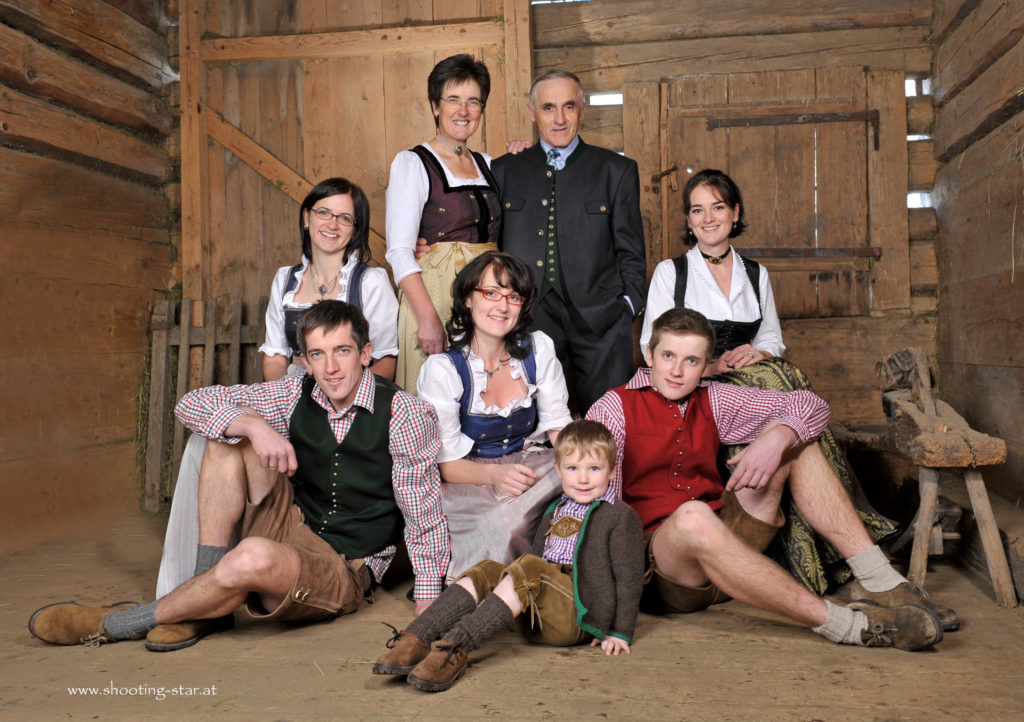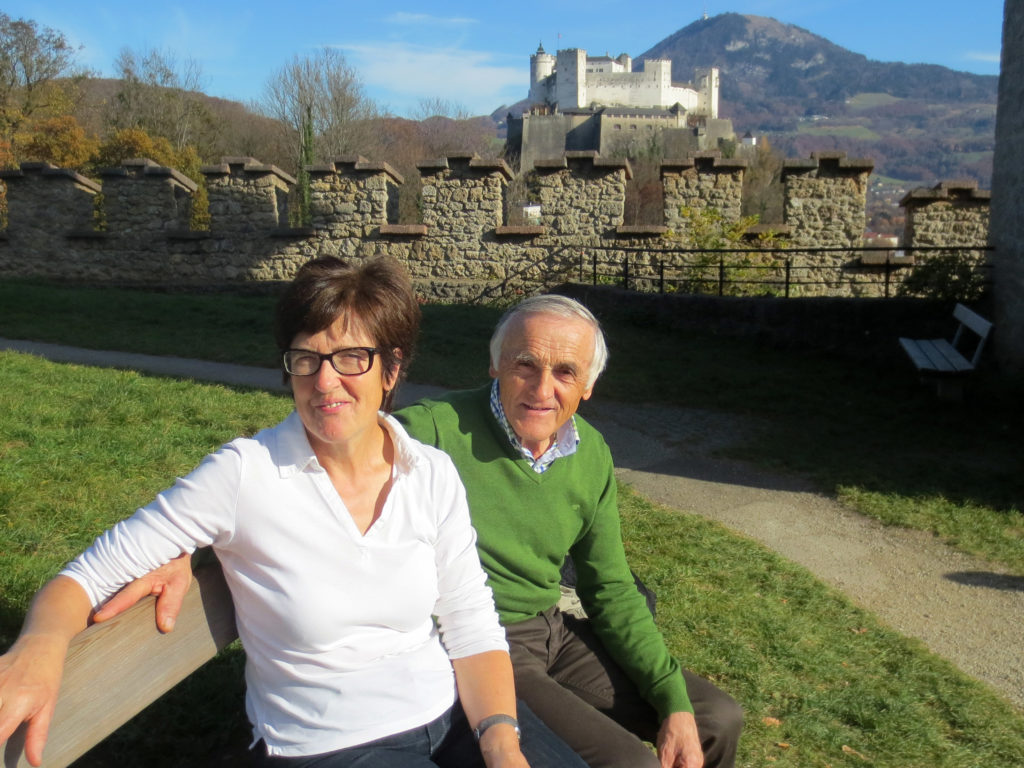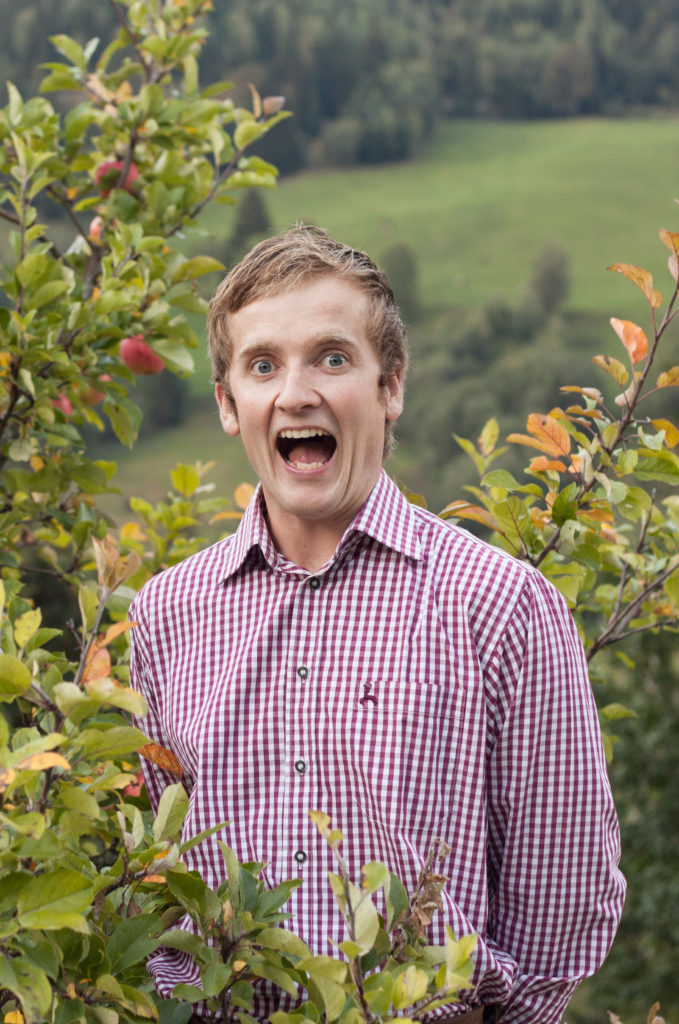Chronicle
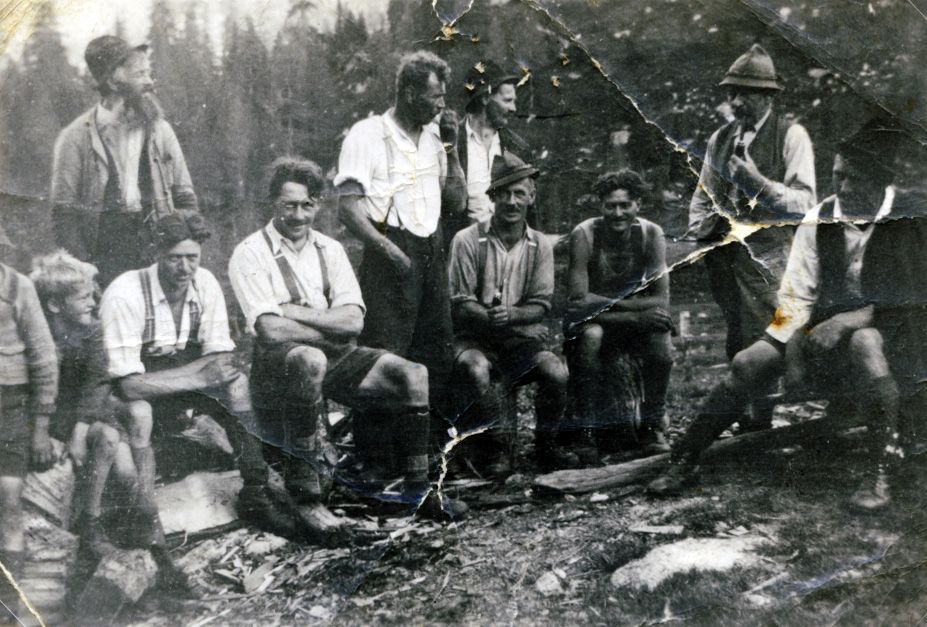
Peasant life before 1960
Then, as now, regular working hours are not possible on a farm. In summer when haymaking was on the schedule, we started to work at 5 o’clock in the morning and worked all day till 8 o’clock in the evening. The winter was less stressful, when grain treshing and woodwork were completed.
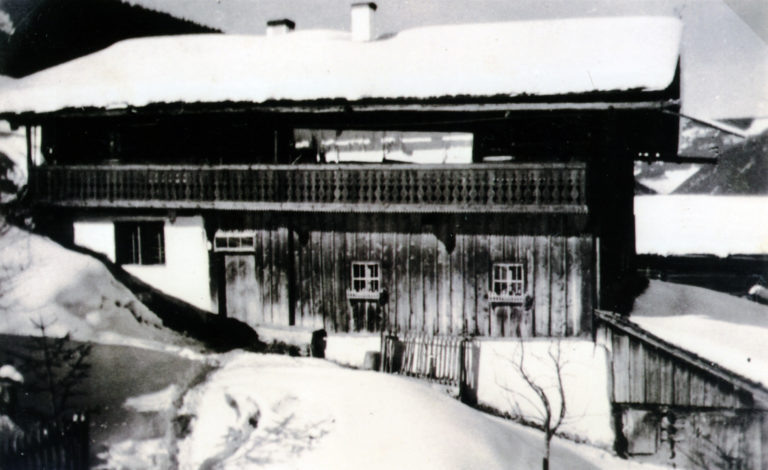
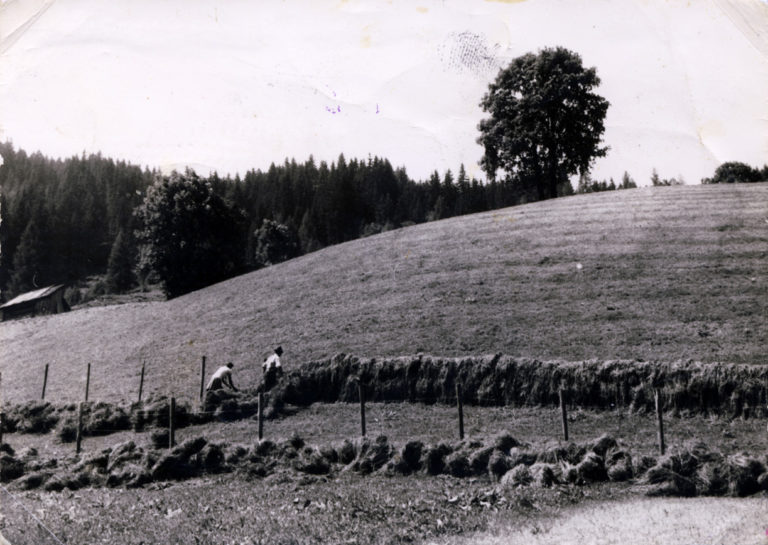
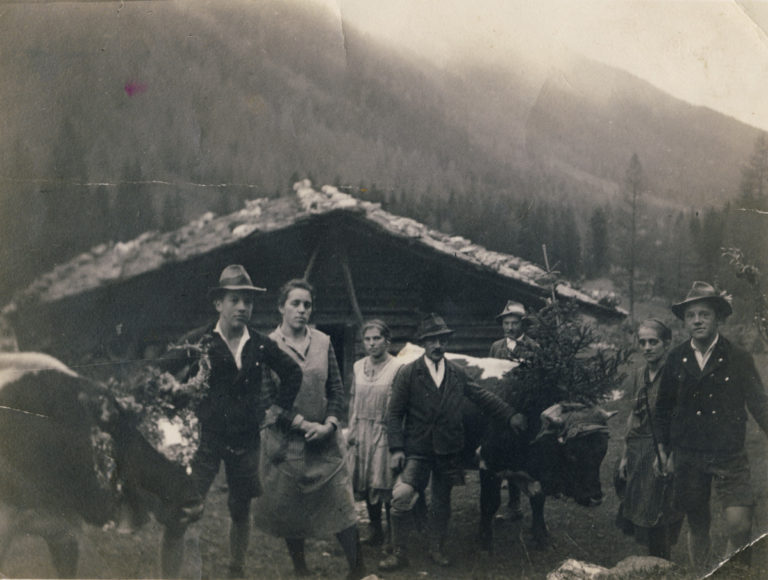
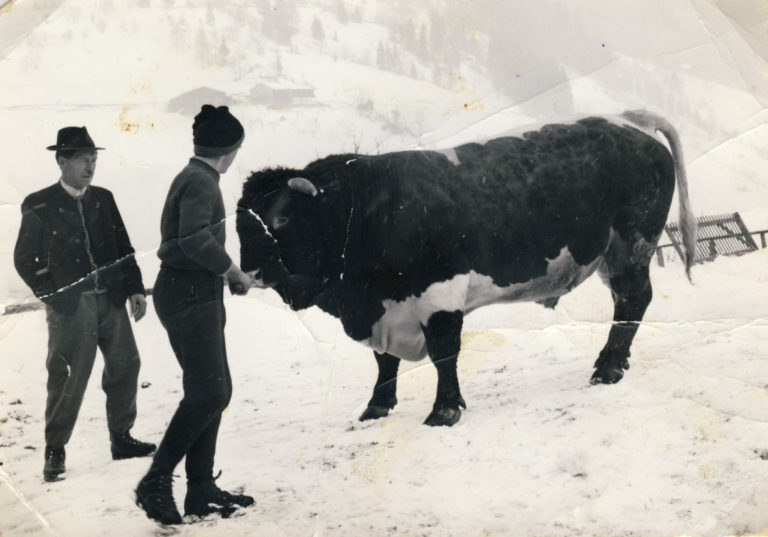
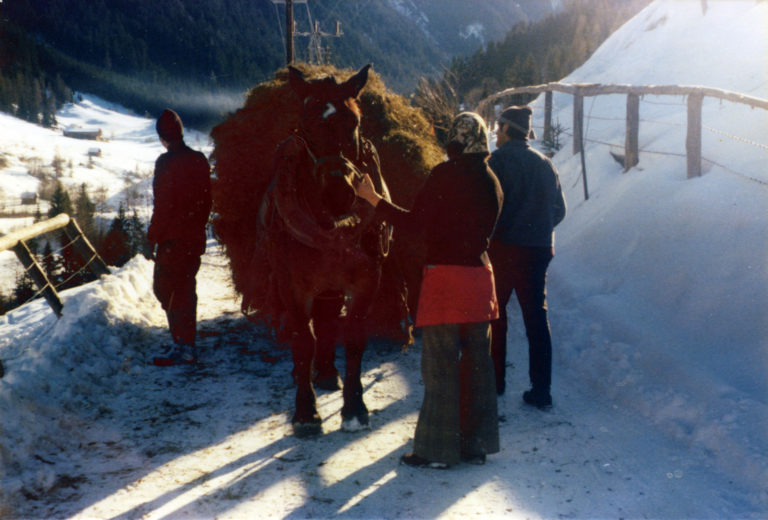
In spring
As soon as the meadows were free of snow we started to fertilize the fields. Next step was to plough the meadows. One person led the horse and another person was responsible for the plough. When a horse was sick or pregnant we borrowed one from the neighbors. We used two horses to dispense the dunghills over the meadow. Those dunghills have been prepared in the winter.
When we finished plowing, we started to seed and harrow. During this procedure we had to take care of stones, which were lying on the field and had to bear them away. We did this to make the harvesting easier.
Another job, which had to be done, was to repair the fences. Our forefathers made an appointment with all neighbors to make clear, which neighbor had to maintain which part of the fences. Those agreements have not changed since generations.
The last part after planting the potatoes was to chop the so-called “Servitutsholz”. This means to chop trees, which were previously selected from the forester.
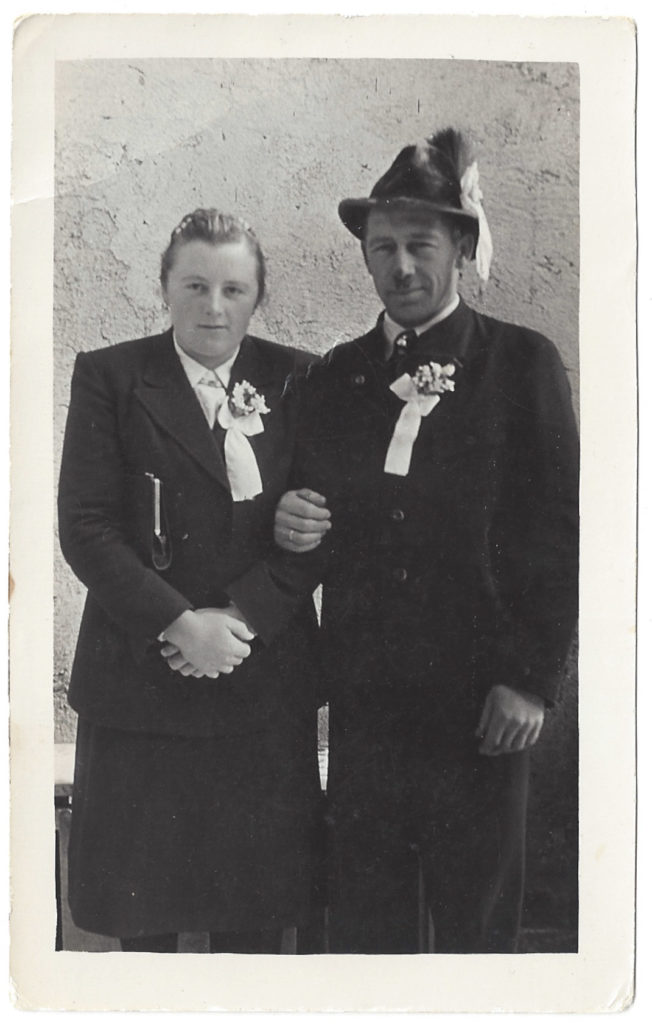
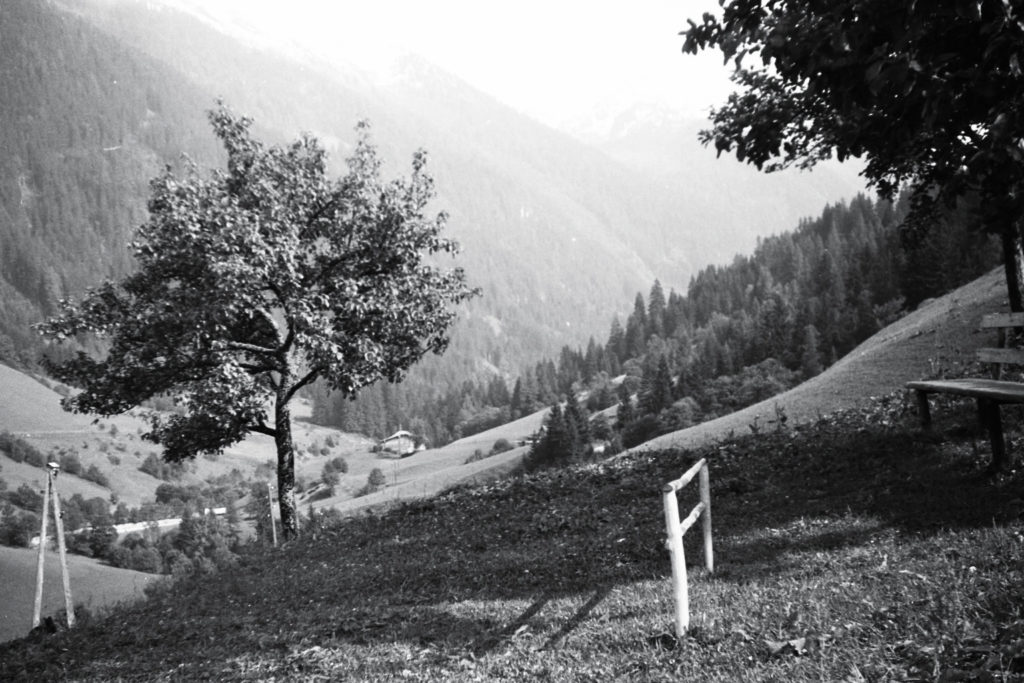
In summer and autumn
Hay-work started around the 29th of June and around July 20th we begun cutting the corn. Barley was cut in the middle of August and oat at the end of September. Oat had to be cut with a sickle. The same time was the beginning of the second hay-crop (called “Grummet” in German).
After that the potato harvest started. Than in September and October it was time for cutting the fern and raking leaves, which were used as bedding. Cutting fern was an important job that had to be done. Cattle don’t eat that plant but it grows like everywhere and avoids the growth of “good” grasses.
Around the St Nicholas’ Day the grain had to be treshed. We already had an electrical treshing machine and an electrical fan mill. I remember the awful steam and noise very well, and the mice, running for their lives.
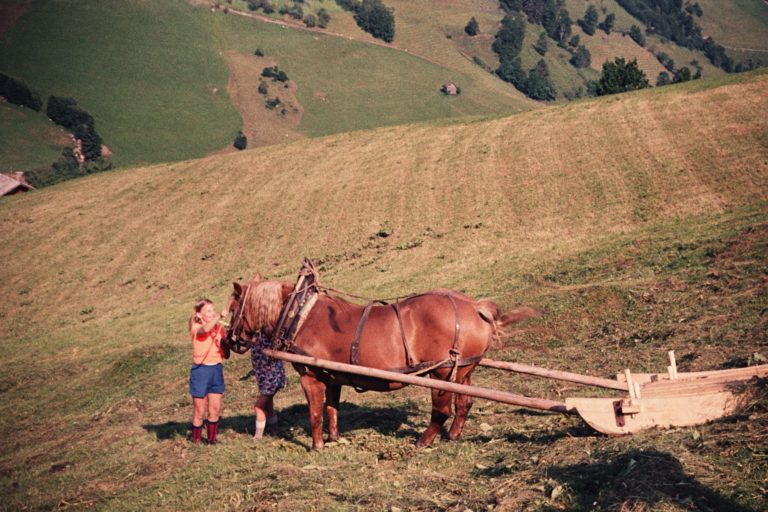
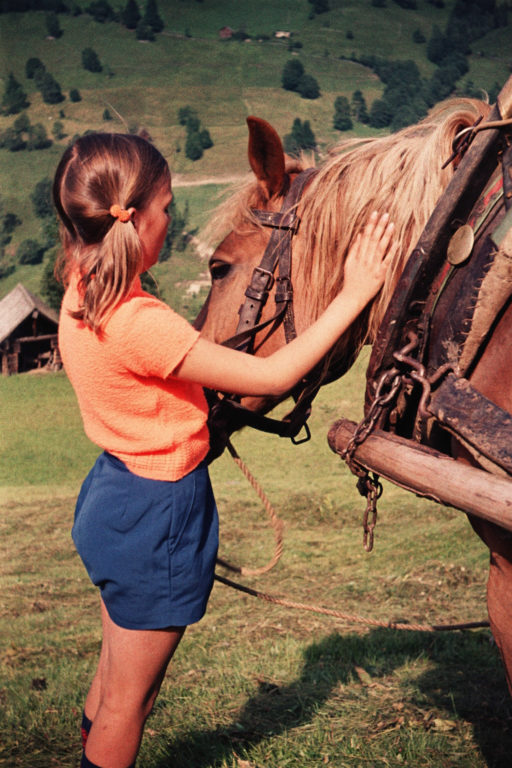
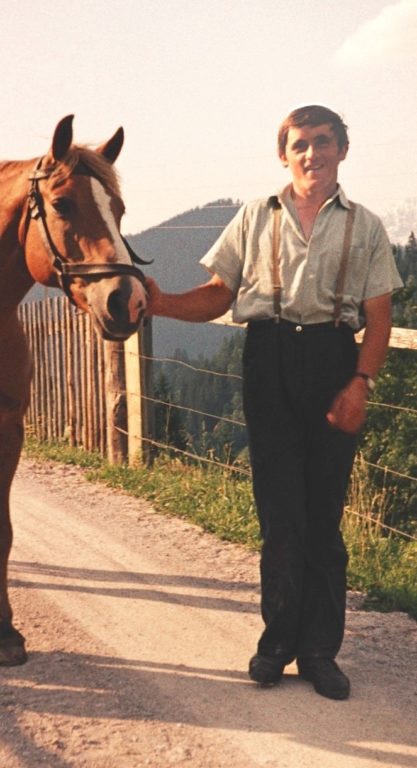
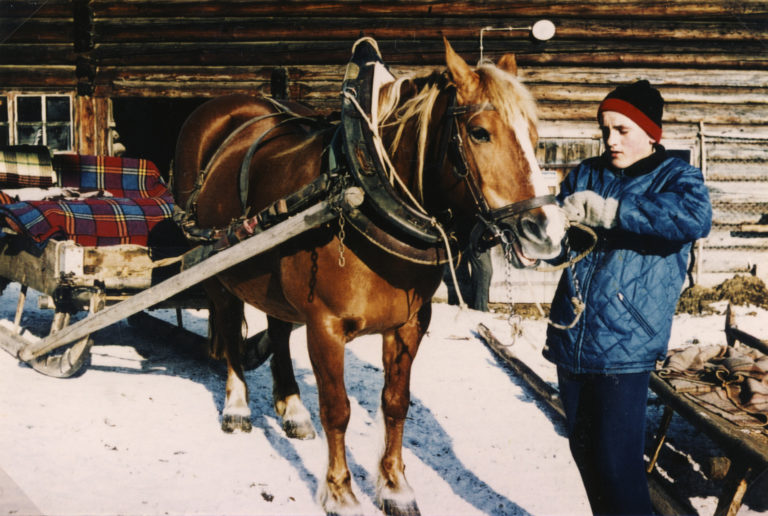
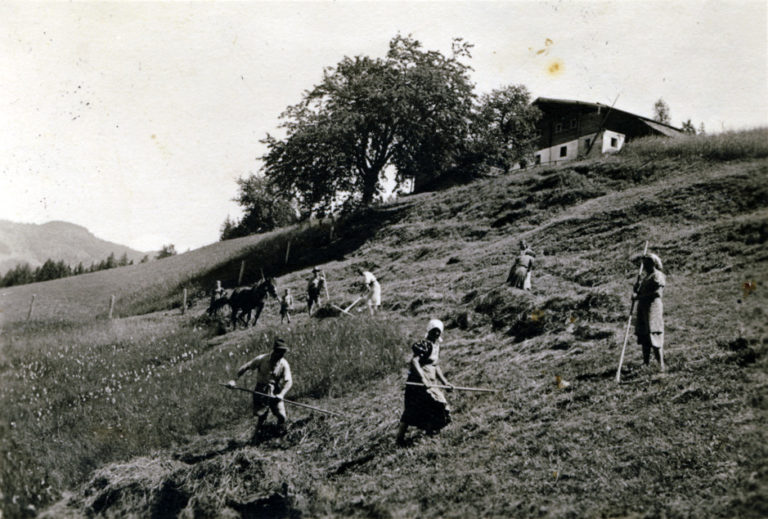
In winter
After the first snowfalls and during the winter the hay was brought to the farm by horse from the surrounding hay barns. On the verge of Christmas we had to slaughter the pigs, one part of the meat was used for our special Christmas sausages, everybody loved. After New Year’s Eve it was time for chopping and selling some part of our wood and finally when spring came closer everything started all over again
First summer guests on Astlehen

Around 1960 guests came to the Astlehenhof for the first time. At that time, the newly built house was already planned with a view to accommodating holidaymakers and was gradually expanded. When the first guest woman, Mrs. Larisch, arrived at our house, not everything was finished. A propper staircase to the upper floors was missing. She often spoke of the “chicken ladder” that she had to climb to get up into her sleeping room.
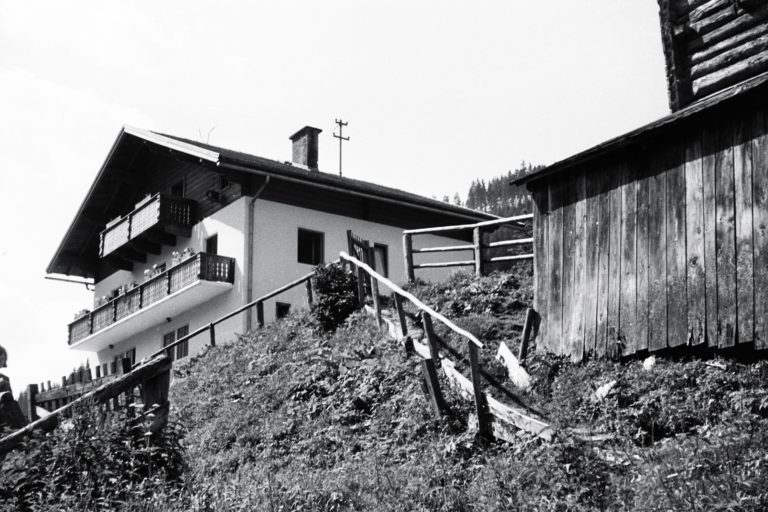
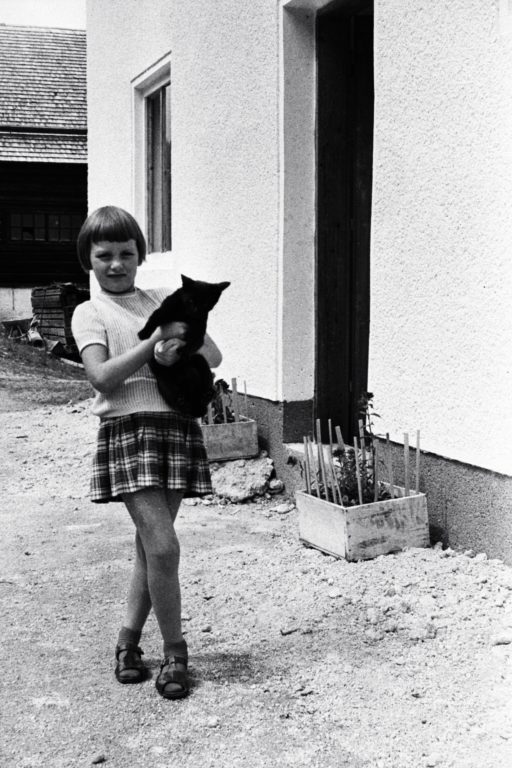
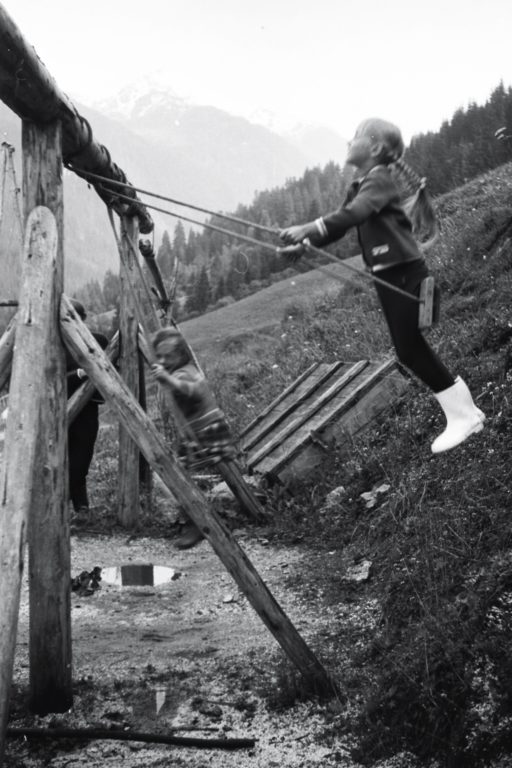
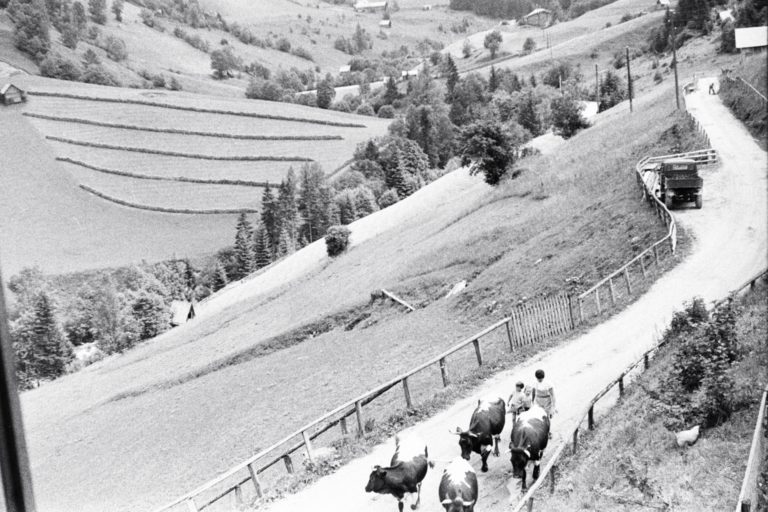
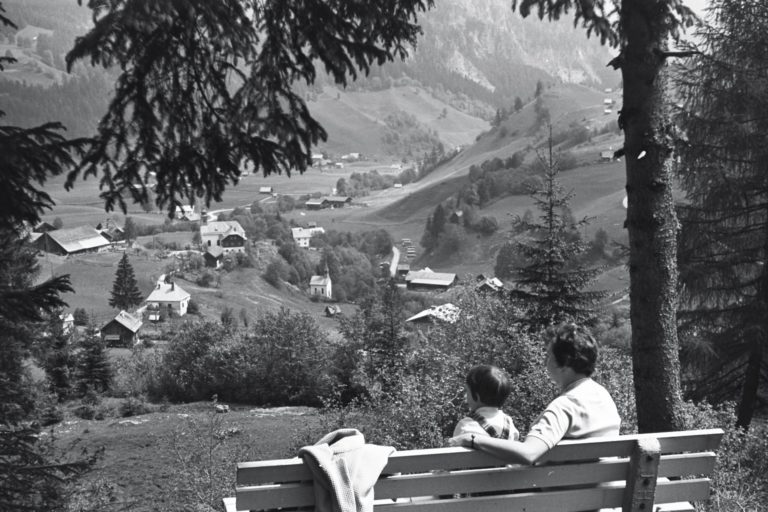
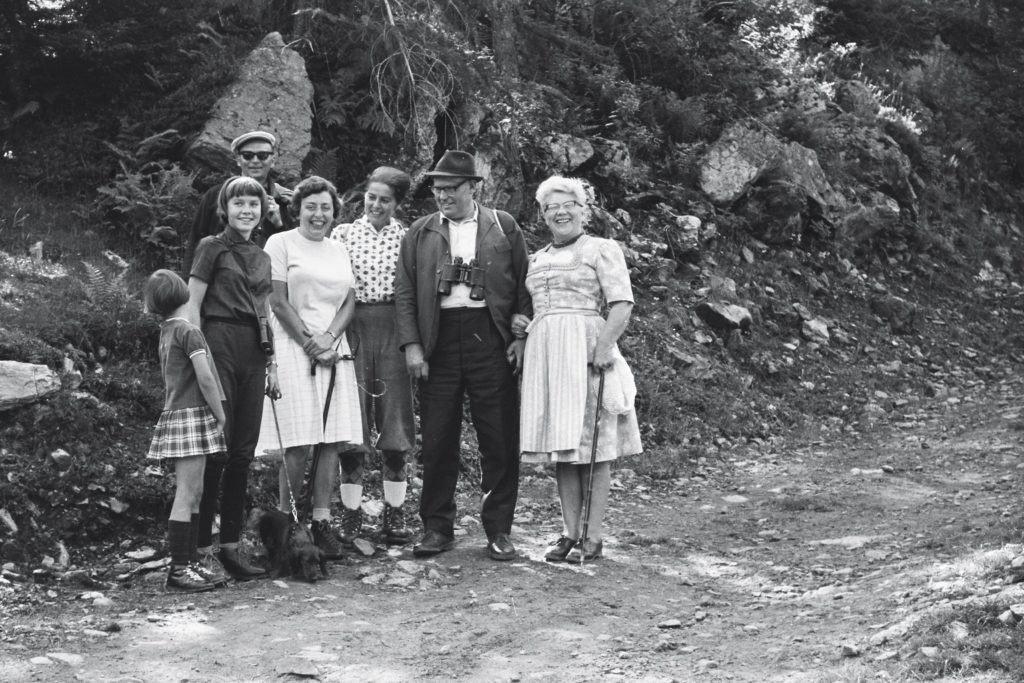
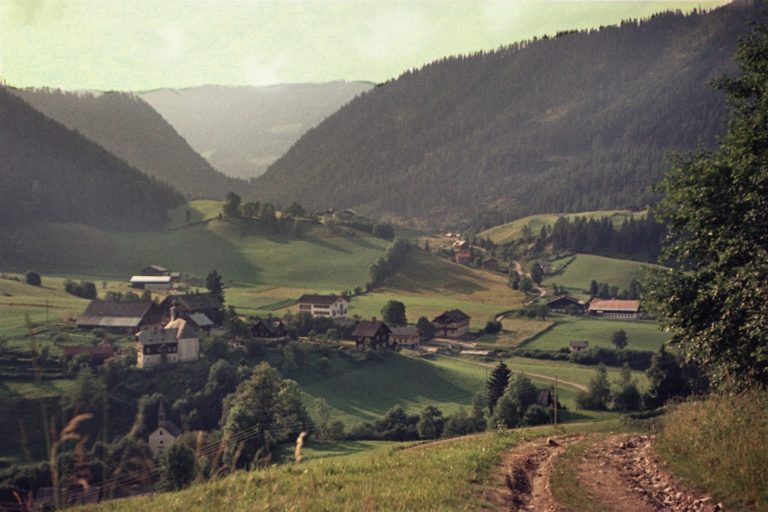
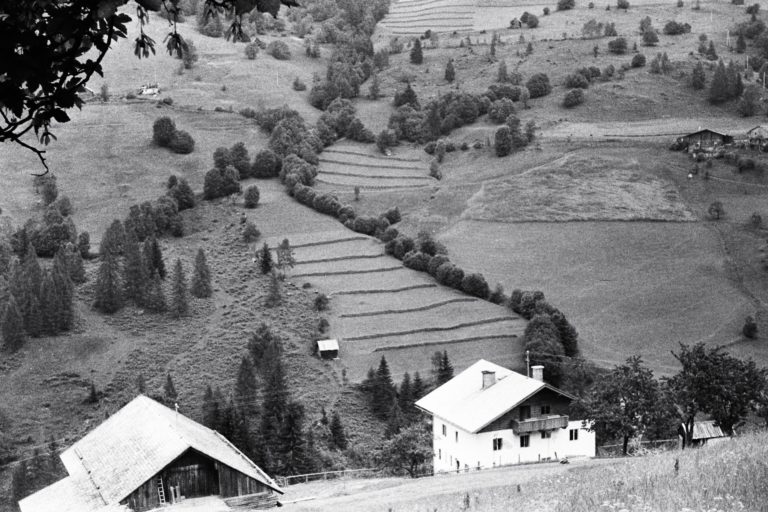
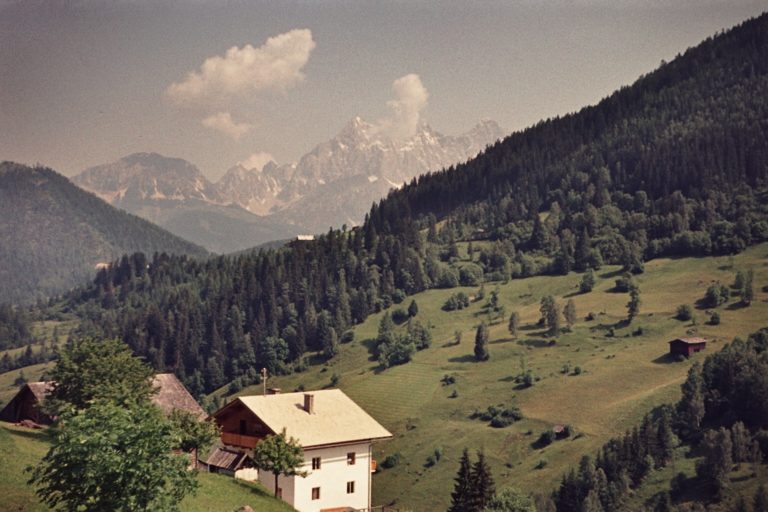
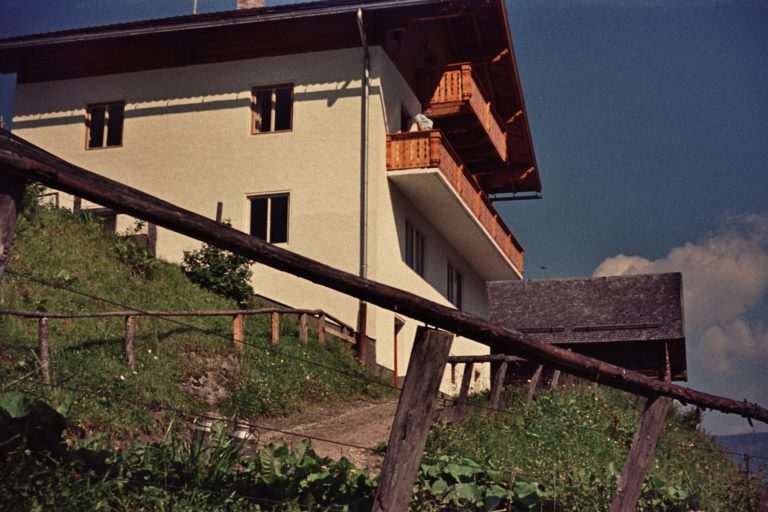
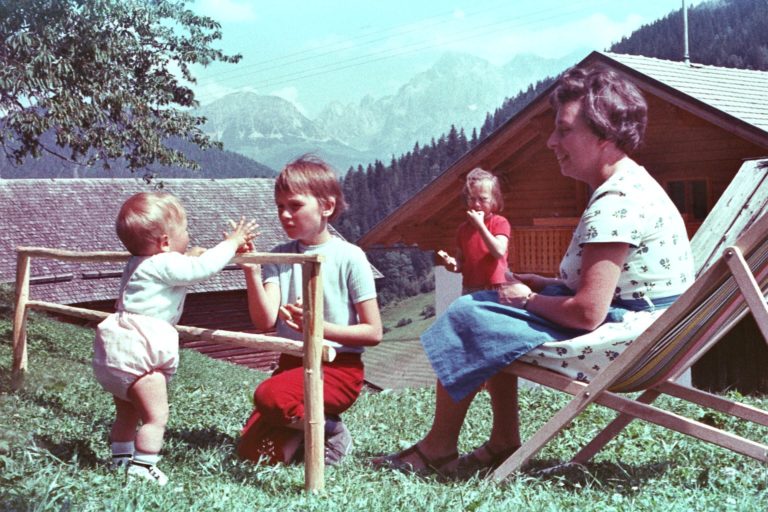
Clean up! Guests are coming!
There was always a lot of excitement in the house before new guests arrived. Everything should be well prepared. A vacation with family integration was guaranteed. Anna Rettensteiner, cook with body and soul, served the guests in the kitchen. Adam senior entertained them with his stories. Guest children found new friends and playmates in the children on the farm. Many of our first regular guests stayed with our farm for decades. Today their children and children’s children come to us on the farm.
In 1977 the farm was handed over to Barbara and Adam Rettensteiner. Since then they have also taken care of guests and therefore carried out some renovation work. Rooms were converted into comfort rooms – in other words rooms with a shower and toilet and the spacious apartment was set up on the 3rd floor.
In 2018 the farm was handed over to Christian but so far mother Barbara continues to take care of bookings and the guest welfare.
